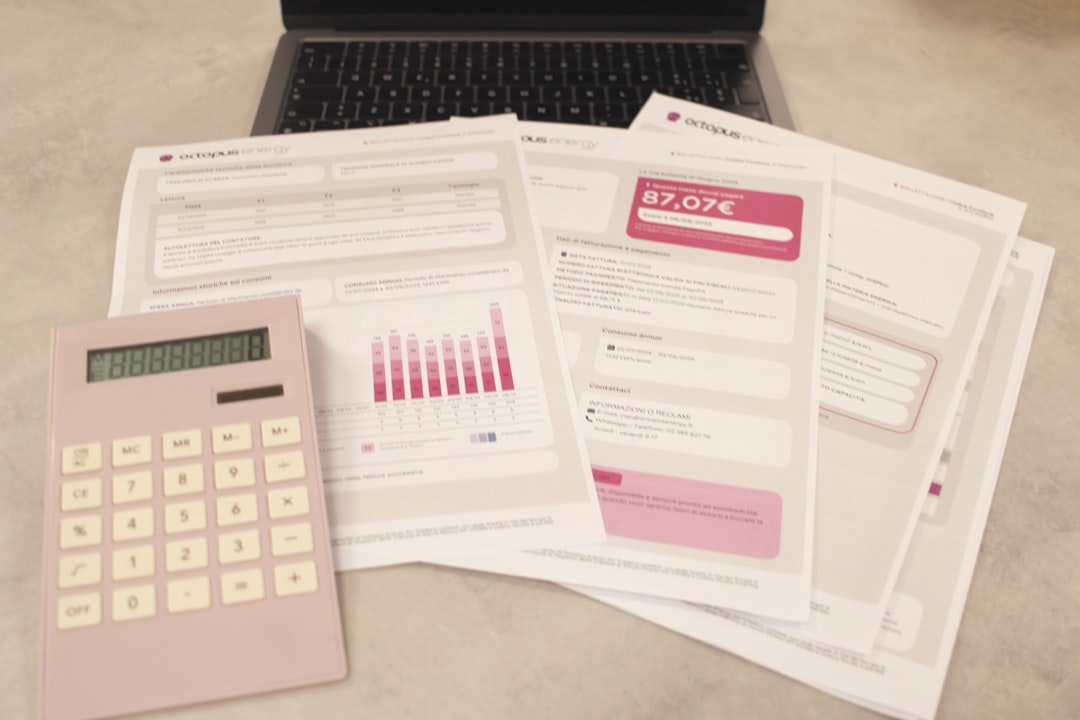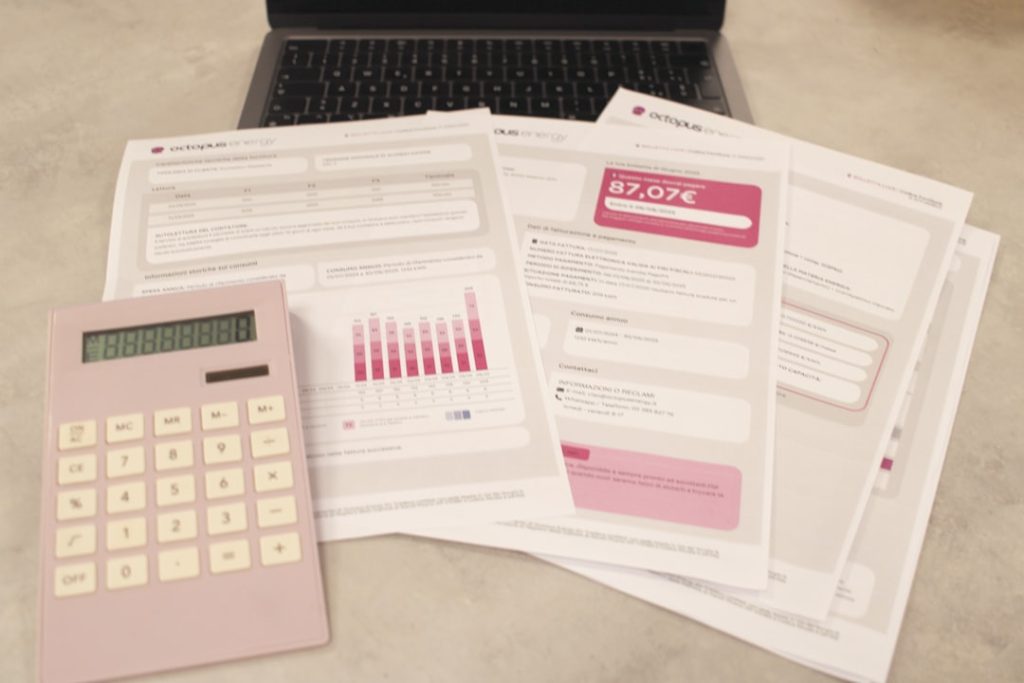Taking out a personal loan is a common way for many individuals to cover big expenses, consolidate debt, or handle unexpected financial needs. However, one of the most important, and often misunderstood, factors in determining the total cost of a loan is the interest rate. The higher the interest rate, the more you’ll end up paying over time — but how exactly does this work? Understanding how interest rates affect the cost of borrowing can empower individuals to make smarter financial decisions.
What Is an Interest Rate?
An interest rate is essentially the fee the lender charges you for borrowing money. Expressed as a percentage of the loan amount, it represents how much extra you’ll have to repay in addition to the principal. Interest rates are determined by a combination of market forces, lender policies, and personal creditworthiness.
For example, if you borrow $10,000 at an interest rate of 10% per year, without considering other fees or terms, you’d pay $1,000 in interest annually.

Types of Interest Rates on Personal Loans
There are two main types of interest rates offered on personal loans:
- Fixed Interest Rate: This rate remains the same throughout the life of the loan. It provides consistency in monthly payments and helps with financial planning.
- Variable Interest Rate: This rate can fluctuate depending on market conditions. While it may start lower than a fixed rate, it can increase over time, leading to potentially higher payments.
Opting for a fixed or variable rate depends largely on a borrower’s risk tolerance and market outlook.
How Interest Rates Affect Total Loan Cost
The higher the interest rate, the more a borrower pays over the course of a loan. Even a small change in interest rate can significantly increase the total repayment amount.
Let’s consider a practical example:
- Loan Amount: $10,000
- Loan Term: 5 years (60 months)
Now compare these scenarios:
- At 5% Interest Rate: Monthly payment = $188.71; Total paid = $11,322.74; Total interest = $1,322.74
- At 10% Interest Rate: Monthly payment = $212.47; Total paid = $12,748.20; Total interest = $2,748.20
- At 15% Interest Rate: Monthly payment = $237.90; Total paid = $14,274.17; Total interest = $4,274.17
The difference in interest paid between 5% and 15% is nearly $3,000. That’s a substantial gap, especially for borrowers on tight budgets.
Factors That Influence Personal Loan Interest Rates
There’s no universal interest rate for personal loans. Lenders take various elements into account when determining the rate for an individual borrower:
- Credit Score: A higher score can lead to lower interest rates since lenders see the borrower as less risky.
- Income and Employment History: Stable income and steady employment reassure lenders of a borrower’s ability to repay.
- Debt-to-Income Ratio (DTI): A low DTI means the borrower isn’t over-leveraged, making them a safer bet.
- Loan Term Length: Typically, longer loan terms come with higher interest rates to compensate lenders for the increased risk over time.
Lenders may also consider the loan purpose, geographic location, and economic conditions when setting rates.
APR vs. Interest Rate
While people often use the terms interchangeably, Annual Percentage Rate (APR) is slightly different from the basic interest rate. APR includes not only the interest rate on the loan but also additional fees and costs, such as origination fees or service charges.
For example: A personal loan might have an interest rate of 7%, but with fees included, the APR could be 8.2%. Lenders are required by law to disclose the APR, offering a more complete picture of a loan’s actual cost.
How to Lower Your Personal Loan Interest Rate
If a borrower is aiming to secure a more affordable loan, here are a few ways to potentially lower the interest rate:
- Improve Your Credit Score: Paying bills on time, reducing debts, and checking for credit report errors can bolster one’s score.
- Shop Around: Different lenders offer different rates. Comparing multiple offers can lead to significant savings.
- Consider a Co-Signer: A borrower with limited or poor credit may get a lower rate with a worthy co-signer.
- Negotiate Terms: With solid financials, some lenders may be flexible with their rates or terms.
How Much More Does a Greater Loan Actually Cost?
Let’s examine not just rates but also loan size. With interest rates being a percentage of the amount borrowed, the higher your loan amount, the more you’ll pay — even at the same rate.
For example:
- $5,000 at 10%, 5 years: Total interest = $1,374.12
- $10,000 at 10%, 5 years: Total interest = $2,748.20
- $20,000 at 10%, 5 years: Total interest = $5,496.40
Doubling the loan amount doubles the total interest paid, assuming the same rate and term.
Should You Take a Personal Loan If Rates Are High?
Sometimes, you may not have a choice — an emergency may require quick funds. But if the purpose of the loan is not urgent, consider the timing of your borrowing. Waiting to improve your credit or for interest rates to drop could save you a significant amount. Alternatively, consider lower-cost alternatives such as 0% APR credit cards or borrowing from personal savings if available.
Conclusion
Interest rates play a critical role in determining how much a personal loan truly costs. From the type of rate to how much you’re borrowing, even small variations can make a significant difference in what you ultimately repay. Being aware of what drives these rates, how to compare offers, and what strategies can help reduce them gives borrowers the best chance at making a financially sound decision.
Frequently Asked Questions
- Q: Why do interest rates vary between lenders?
A: Each lender uses different criteria for assessing risk, including credit score models, internal approval processes, and target customer profiles. This leads to variations in loan offers. - Q: Is the interest on a personal loan tax-deductible?
A: Generally, no. Personal loan interest is not tax-deductible unless the loan is used specifically for qualifying business expenses. - Q: Does applying for a personal loan affect my credit score?
A: Yes, a hard inquiry during the application process can temporarily impact your credit score. However, rate shopping within a short period may count as a single inquiry. - Q: Can I pay off a personal loan early?
A: Most personal loans allow early repayment, but some may include prepayment penalties. Always check the terms of the agreement. - Q: How can I find the best personal loan interest rate?
A: Compare offers from multiple lenders, know your credit score, and use prequalification tools that don’t affect your credit score.
